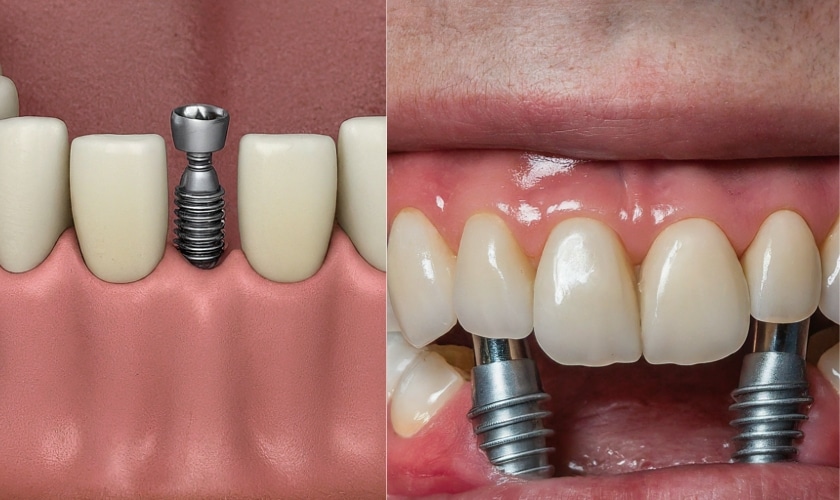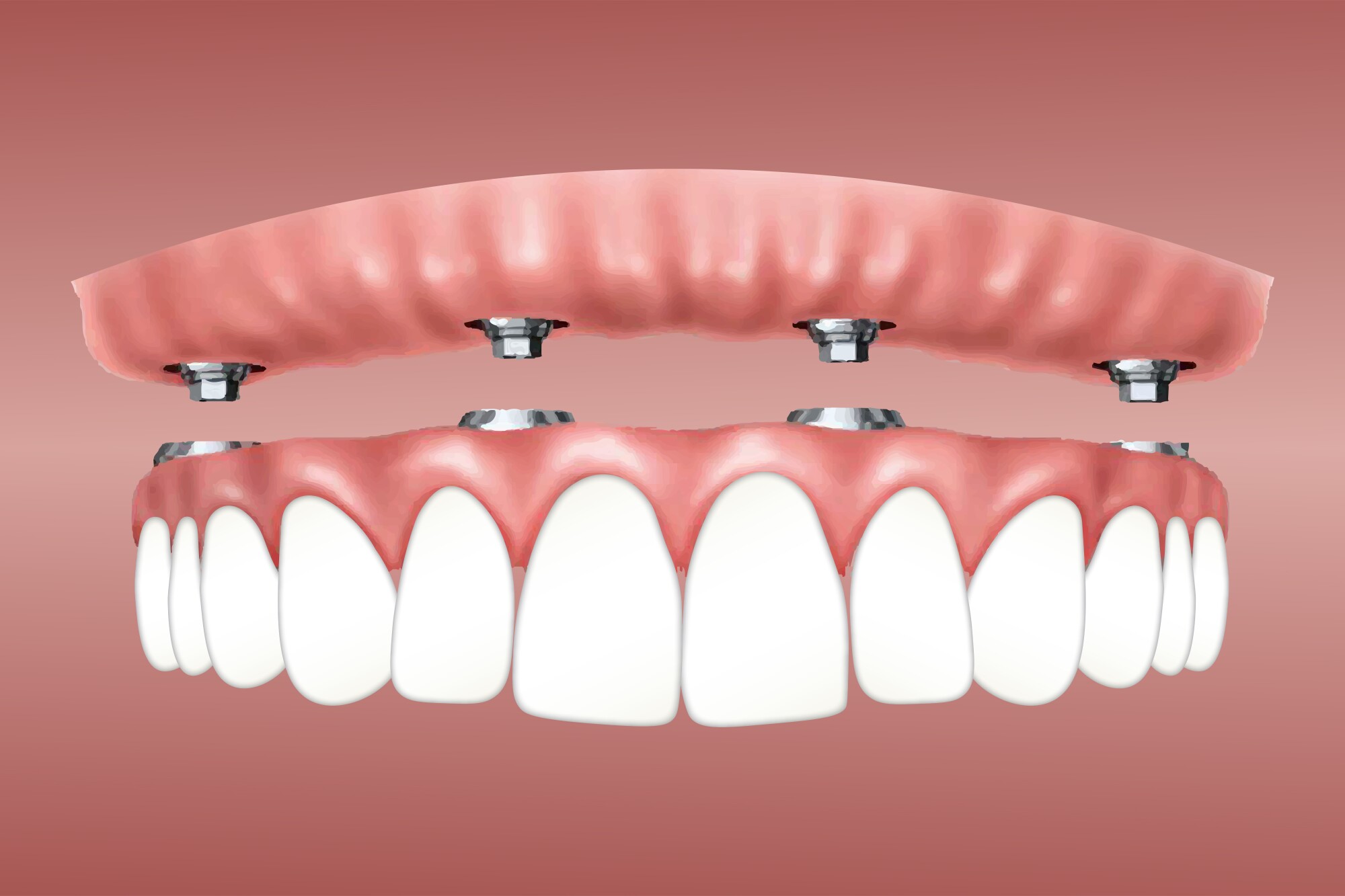Dental Sense - Questions
Dental Sense - Questions
Blog Article
The Dental Sense PDFs
Table of ContentsDental Sense Things To Know Before You Get ThisThe Greatest Guide To Dental SenseThe Basic Principles Of Dental Sense All About Dental Sense
are medical gadgets operatively implanted into the jaw to recover an individual's capability to chew or their look. They give support for artificial (fake) teeth, such as crowns, bridges, or dentures. When a tooth is shed due to injury or condition, an individual can experience problems such as quick bone loss, defective speech, or changes to chewing patterns that result in discomfort.Dental dental implant systems contain an oral implant body and oral implant abutment and might additionally consist of an abutment addiction screw. Dental implant vs bridge. The dental implant body is operatively inserted in the jawbone instead of the tooth's root. The oral implant joint is typically attached to the dental implant body by the abutment addiction screw and extends with periodontals into the mouth to sustain the affixed man-made teeth
(https://issuu.com/dentalsense1)Framework of The Oral Implant System selecting oral implants, talk with your dental copyright regarding the potential benefits and risks, and whether you are a prospect for the treatment. Points to consider: Your general health is a vital factor in determining whether you are a great prospect for dental implants, for how long it will require to recover, and the length of time the dental implant may remain in place.
Smoking may affect the healing procedure and decrease the long-term success of the implant. The healing process for the implant body might take a number of months or longer, during which time you normally have a short-lived abutment in area of the tooth. the oral implant procedure: Carefully comply with the dental health instructions provided to you by your dental service provider.
The Only Guide to Dental Sense
Implant failing can result in the requirement for one more surgery to repair or replace the dental implant system. Brings back the capacity to chew Brings back aesthetic look Aids maintain the jawbone from diminishing because of bone loss Maintains the wellness of the bordering bone and periodontals Assists keep nearby (close-by) teeth secure Improves lifestyle Damages to surrounding natural teeth during implant placement Injury to the surrounding tissues throughout surgery, such as sinus perforation Injury throughout surgical procedure (as an example, fracture of bordering jawbone) Inadequate feature, such as seeming like the teeth do not bite with each other normally An experience that the tooth is loose or twisting in position resulting from a joint screw loosening Implant body failing (looseness of the implant body) as a result of systemic infection, which may be a lot more likely in individuals with uncontrolled diabetes mellitus due to neighborhood infection in bone and periodontals sustaining the implant body due to postponed recovery, which might be a lot more most likely in clients that smoke Difficulty cleaning the periodontals around the implant, resulting in bad dental health Neglected periodontal illness Post-surgical feeling numb due to nerve impingement or damage Always inform healthcare carriers and imaging technicians that you have oral implants before any kind of magnetic vibration imaging (MRI) or x-ray treatments.
FDA is not familiar with any unfavorable occasions reported for MRI or x-ray procedures with dental implants. Dental implants systems are typically made from products that follow international consensus standards of the International Organization for Standardization (ISO) or ASTM International. These criteria have information of what makes a safe material.

An oral implant is a framework that changes a missing out on tooth. With screw-like gadgets, the doctor inserts a dental implant into the jawbone, and it acts as a support for an artificial tooth, called a crown.
All about Dental Sense
Some people are not eligible for oral implant surgical procedure. It is for oral specialists to operate people with: acute illnessuncontrollable metabolic diseasebone or soft tissue condition or infectionIf these concerns are resolved, a person can have the surgical procedure. In, oral specialists refrain from running on people with: If individuals with any one of the above go through oral implant surgical treatment, there is a higher danger of the dental implant stopping working.

Oral dental implant surgical treatment is a tailored process. It's not the same for every person. The complying with offers a basic overview of what you can anticipate your dental practitioner, dental cosmetic surgeon, periodontist or prosthodontist to do: Place the implant operatively. Give you click for source time to recover. Connect the post and last crown, bridge or denture.
Next, your surgeon will carefully place the dental implant into your jaw. If your implant is near the front of your mouth, your dentist will certainly make a short-lived tooth for you to use until you recover.
The Ultimate Guide To Dental Sense
Your company can tell you what to expect in your scenario. Throughout the recovery phase, your jawbone ought to fuse to the oral implant. This procedure, called osseointegration, is important for security and long-term success. This process can take anywhere from 3 to 9 months. Sometimes, it might take longer.
When your dental implant heals, your dental practitioner can attach the abutment (tiny port message) and your last reconstruction (crown, bridge or denture). This normally takes about one hour to complete and might call for a 2nd small surgical procedure. You shouldn't feel any discomfort throughout your dental implant treatment due to the fact that your service provider will certainly make use of medicine to numb your gum tissues.
Report this page